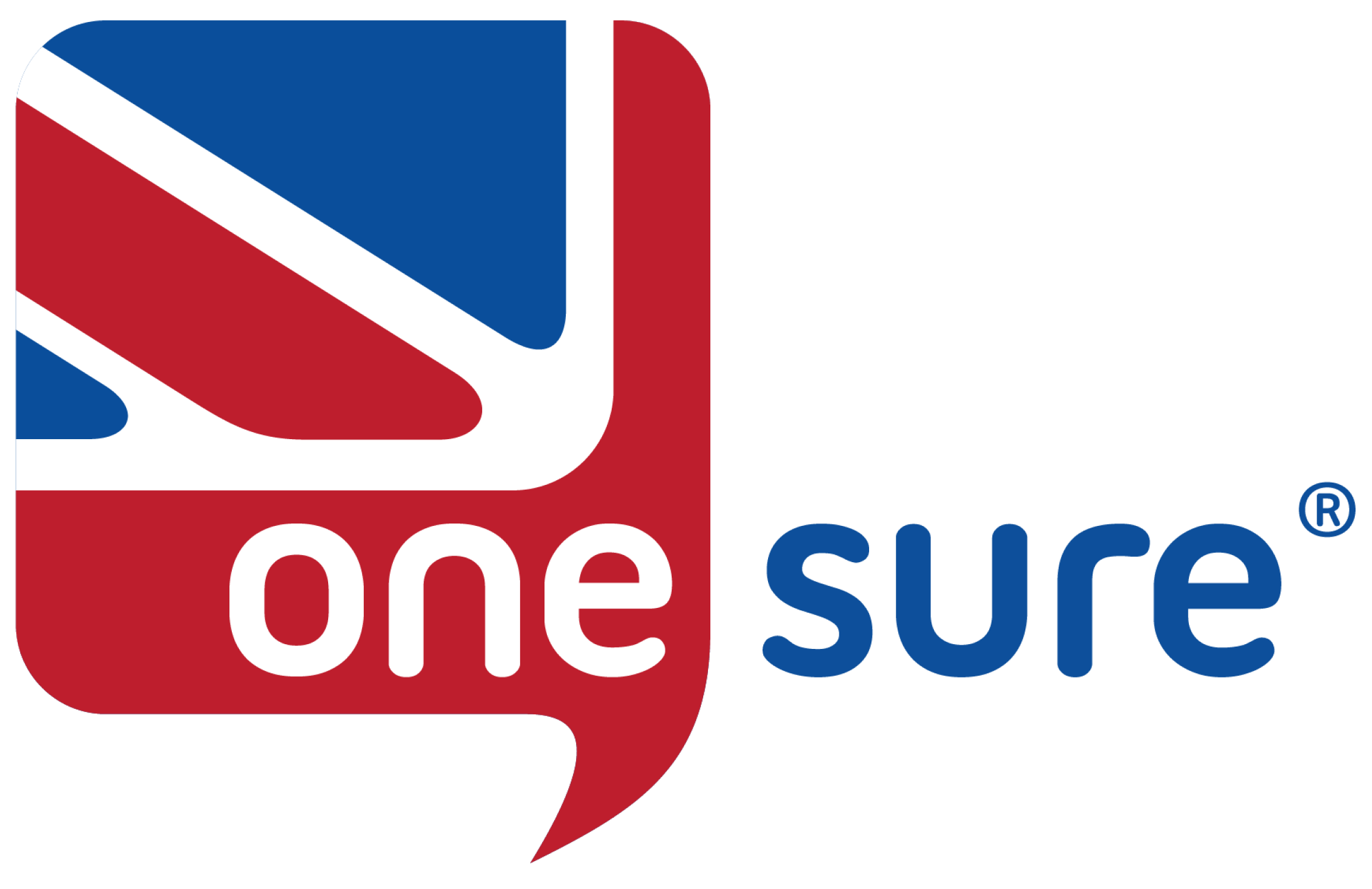This website uses cookies so that we can provide you with the best user experience possible. Cookie information is stored in your browser and performs functions such as recognising you when you return to our website and helping our team to understand which sections of the website you find most interesting and useful.
-
5, August 2024
-
Time to read: 6 mins
What should I do if my vehicle breaks down?

Breaking down while driving can be a daunting experience, especially on a busy road or motorway.
However, knowing the right steps to take can help you handle the situation calmly and safely.
Main Points
- If you have breakdown cover, save the claims number and breakdown service details on your mobile phone.
- You’ll find these numbers in your policy documents.
- Contact your insurer directly to inform them of the insurable event.
- Keep any paperwork or receipts for alternative accommodation or travel to support your claim.
- If you break down on the motorway, try to leave at the nearest exit if it is safe before pulling over.
- If you cannot exit the motorway, pull onto the hard shoulder and switch on your hazard lights.
- If it is safe to do so, exit your vehicle and shelter away from traffic behind the barrier.
- Use your mobile phone or the emergency telephone to call for help.
In this blog, we’ll answer some common questions about what to do if you breakdown and the different places you may find yourself in.
If you’re in a hurry, why not skip to our breakdown checklists?
What should I do if I break down?
It’s always recommended that you get the vehicle out of the road as quickly as possible in the event of a breakdown.
Since your car will still be classed as a hazard even when on the side of the road, the general rule of thumb is to make your vehicle as visible as possible by turning on the hazard lights so other drivers can spot it.
If you break down in a safer location, such as a quiet residential street, you can stay in your car or nearby your car while you wait for help. Keep your seatbelt on and ensure your hazard lights are on to alert other drivers to your situation.

What should I do if I break down on the motorway?
If you break down on a motorway, you must act quickly and carefully to ensure your safety and that of other road users.
Ideally, due to safety concerns, we advise you to get off the motorway at the next exit.
If exiting the motorway is not possible, move your vehicle to the hard shoulder or an emergency refuge area as far left as possible.
Make sure the vehicle’s tyres are turned to the left, and turn on your hazard warning lights immediately to alert other drivers.
Check out our motorway breakdown checklist step-by-step instructions on staying safe during a breakdown.
What should you do if your vehicle breaks down on a motorway and you cannot get it onto the hard shoulder?
Breaking down on a motorway without being able to get to the hard shoulder is a very dangerous situation.
The Highway Code states that if you cannot reach the hard shoulder, you must remain in your vehicle and call 999.
If it is unsafe for you to remain in the vehicle, please get out. If it is safe to do so, exit via the passenger side, away from traffic, and go behind a safety barrier well away from any other cars to reduce the risk of being hit by passing vehicles. If you can, find the emergency telephone or use your mobile to call for help.

Should I stay in my car if I break down?
You must not leave your car unattended if it has broken down, as this will leave it vulnerable to vandalism and even theft.
However, whether or not you should stay in your car depends on the specific circumstances of your breakdown and location. Your safety and well-being are the most important things. Hazards and dangers will depend on where you are and the type of issue causing the breakdown.
As we explain in our motorway breakdown section, if remaining in your car is unsafe due to traffic, fire, or fumes, leave immediately and move off the road to a barrier or a bank away from the traffic.
I have breakdown cover. What should I do if my car breaks down?
If your insurance policy includes breakdown cover, the type of service you can expect will depend on your insurer and the cover.
Your policy documents will include details about what to do in the event of an accident, numbers to call, and how to make a claim on your insurance.
We always recommend that customers with breakdown cover save the claims number and breakdown service details on their mobile phones.
By saving these numbers on your mobile phone, you’ll be ready to take action if you ever find yourself stuck. Find out more about claiming your car insurance in our ‘How to Make a Claim’ guide.
How does breakdown cover work?
Most policies offer roadside assistance to repair your vehicle on the scene. If this is not possible, you may be entitled to vehicle recovery, in which your car is taken to the nearest garage to be fixed.
However, if your vehicle cannot be fixed at the roadside and needs further work, this may not be able to be claimed on your insurance.
Some policies even include an option for you as the driver and your passengers to be dropped off at the destination you were heading to during the breakdown.
How do I check if I have breakdown cover?
You’ll find the outline of your coverage in your insurance schedule in your policy documents. Here, you will find full details on the cover you’ve opted for in your policy.
Use your schedule to locate your cover, then find the corresponding coverage detailed in the policy booklet.
If you want to add breakdown cover to your car or van insurance, we’re happy to help. Call our sales team at 0800 377 7390, and our experts will find the additional elements you need.
What happens if I break down without any breakdown cover?
Breaking down without a breakdown cover can be more challenging, but you still have several options:
- Call a local garage. If you don’t have breakdown cover, you can call a local garage or towing service. Be prepared to pay for the service out of pocket, which can be more expensive than having breakdown cover.
- Call friends or family. You can call a friend or family member for assistance if you are close to home.
- Motorway Emergency Phones. If you break down on a motorway, use the emergency phones. These phones connect directly to the motorway control centre, which can send help to your location.

Our breakdown checklists
What information do I provide in the event of a breakdown?
- Give a precise description of your location. If on a motorway, mention the direction and nearest exit or marker.
- Explain the problem. Briefly describe what happened to your car (e.g., “The engine won’t start”, “I have a flat tyre”, “The car overheated”).
- If you need vehicle recovery services, let them know if you have passengers, especially if there are children, pets or people with accessibility requirements.
- Provide contact information so they can call you for an estimated time of arrival and follow-up call.
Post-breakdown steps.
- Send your insurer receipts as evidence of your alternative accommodation and travel arrangements to support your pre-agreed claim. You and your insurer will have agreed on these specifics beforehand.
- If your car is towed, you will need to follow up with the garage for news on any necessary repairs. Breakdown cover will usually include roadside repairs and recovery. However, if more work is needed in the garage and the car cannot be fixed at the roadside, you cannot claim for these on your breakdown coverage.
- Keep any paperwork or receipts provided by the breakdown service. This might be useful for further claims or records.
Motorway breakdown checklist
- Pull over safely. Move your vehicle to the hard shoulder as far left as possible, with your wheels turned to the left.
- Turn on your hazard warning lights. You need to alert other drivers immediately.
- Exit your car safely, using the doors on the left-hand side, away from traffic.
- Stay away from traffic. Move behind a safety barrier or stand on the embankment. Ensure all passengers are away from the carriageway.
- Call for help. Use your mobile phone to call for roadside assistance, or use one of the emergency phones on the motorway. Note your location using motorway markers.
- Wait safely and stay calm. Wait in a safe place away from traffic until help arrives. Do not attempt to repair the vehicle yourself on the hard shoulder.

